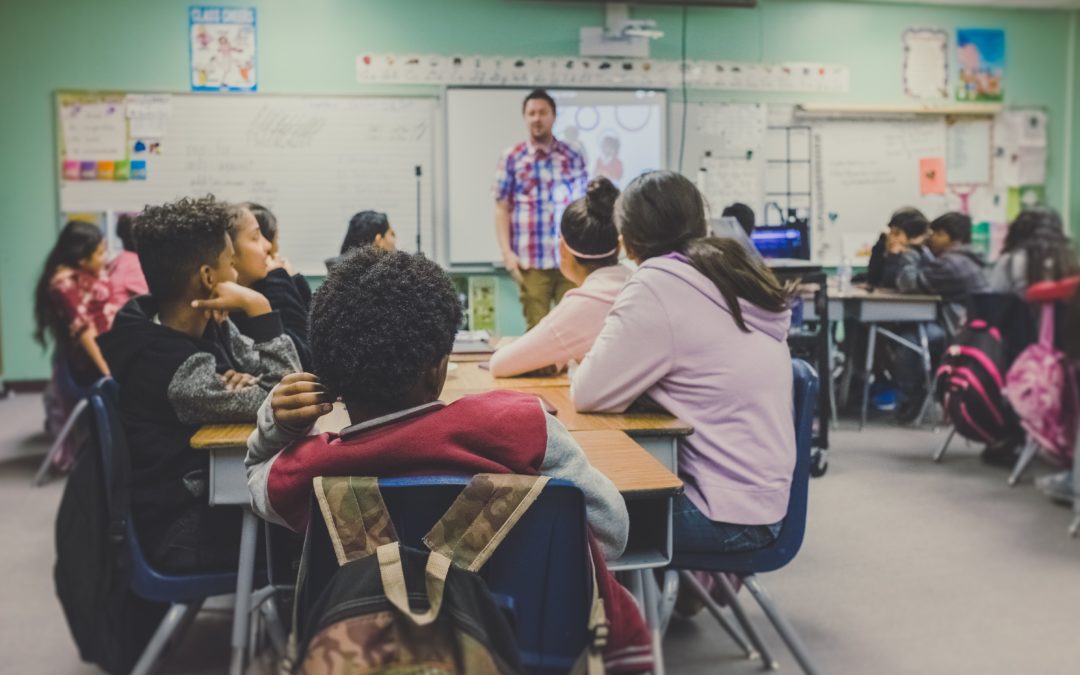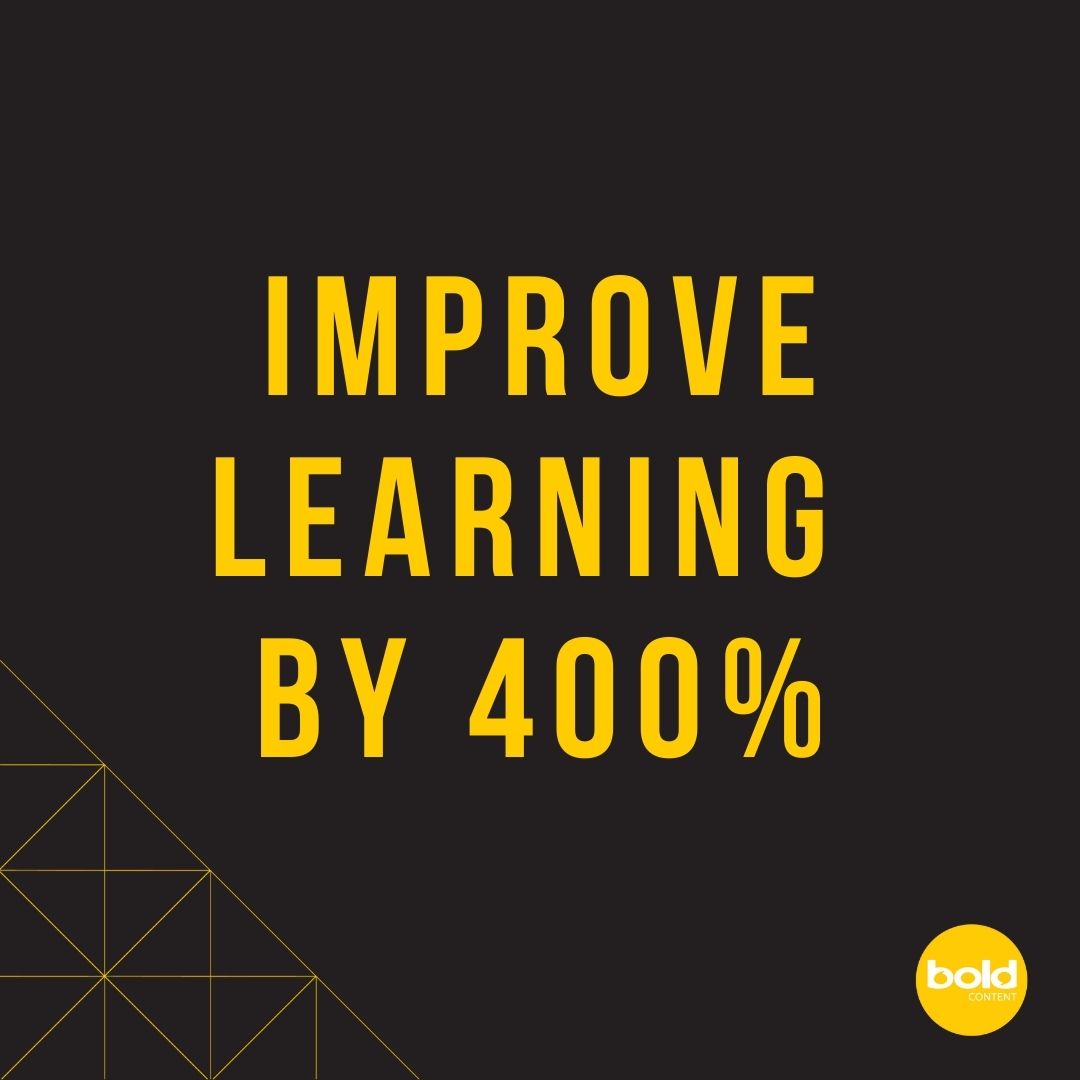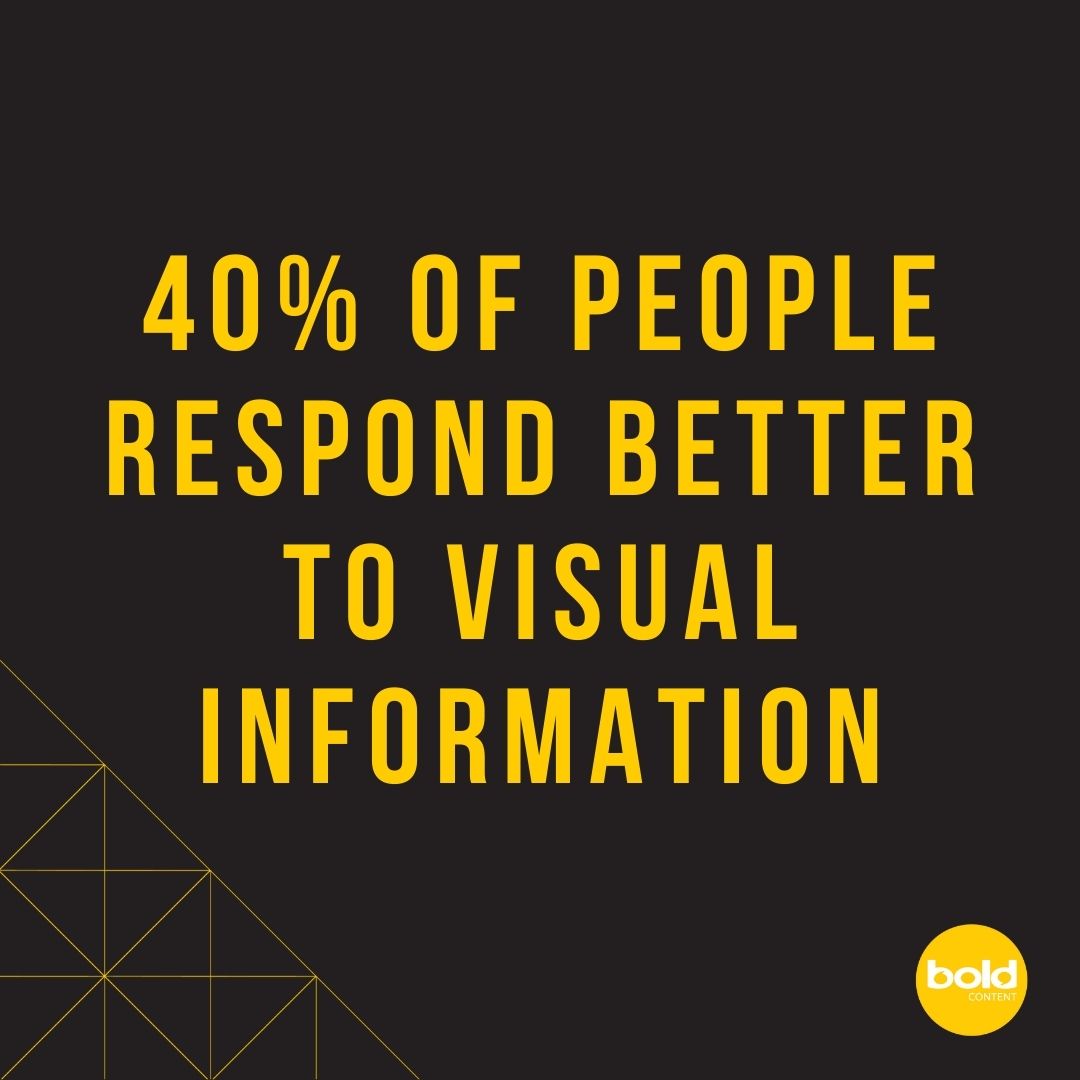
Is animation a valuable resource for learning?
“What I hear, I forget;
What I see, I remember;
What I do, I understand.”
– Old Chinese proverb
Gone are the days of budget school videos with talking paperclips, gaudy graphics and flying text – animated educational content has never looked better.
With high quality animations becoming more cost-effective, it’s a great time to replace that old bank of eLearning videos with dynamic animated videos that will get students thinking and retaining more information.
Whatever the subject matter, animations can be a valuable teaching tool to explain and demonstrate key learning or development elements. In this article we discuss the advantages of creating engaging video content that is designed to help learners increase knowledge and interest in education.
Our Experience
We’ve been working with the charity Tech She Can to create a series of eLearning animations for school children of 5+ to teach them about technology and excite them about the possibilities of working in STEM careers. We know that this age group responds well to animation but we’ve been overwhelmed by the success of this educational series. We’ve found high levels of engagement in children right up to their teens who enjoy seeing the role models explain that careers in tech are possible and it’s an exciting field to work in.
But it’s not just young people who respond well to animation. eLearning can be made more effective for older audiences through the use of animation. In this eLearning video series for the charity Home-Start, we used abstract animation to add context to the advice being given to young parents. The animation and sound effects work together to ‘edutain’ the audience. The friendly animations also help to build trust, which was an important component in effectively delivering parenting advice.
The Benefits of Using Animation
The visual component of learning is a huge factor in the understanding of learning systems, concepts and tools. Animation can explain complex information or processes in a simple and entertaining way, which learners can easily engage with.
Animation that’s created with the intention to simplify abstract concepts with a visually stimulating design help learners synthesise their knowledge and understanding of important subject matters. This can be done with animated characters who guide students through complex information, or by using other engaging visual designs that support key messages.
Whether watching in a classroom or streaming remotely, eLearning video gives educators the opportunity to ‘show and tell’. This is important because 90% of information translated to the brain is visual (Visual Teaching Alliance).
Improve the Learning Experience
Animation makes it possible to pair concepts with meaningful images, which in turn goes into our long term memory. This is a vital addition to more classical forms of learning, as it gives students the opportunity to engage with different types of learning. As no two pupils are the same, providing access to stimulating animated videos is a great way to ensure that all learning styles are catered for.
Furthermore, it’s easier for pupils to process chunks of information when the right visuals are available to support the text. Strong design, supported by a clear narration, can aid student comprehension. As a result, eLearning content has the potential to have more impact than text or audio based explanations.
In a study conducted by Dale back in 1969 the findings to support visual learning were radical:
When spoken/heard, recall with a test group of students after 3 hours was 25% and after 3 days was 10-20%.
When written/read, recall after 3 hours was 72% and after 3 days was 10%.
But visual information recall was 80% after 3 hours and an amazing 65% after 3 days.
As a result there are huge benefits in including more animated elements in educational materials.
Improve Learning By Up to 400%

Our brains are designed to interpret relationships between objects, allowing for comprehension with minimal effort. So it’s hard to ignore the fact that we know visual information is a primary factor in taking in, comprehending, and recalling new information.
Make Learning Faster
We also know that visuals are processed 60,000x faster in the brain than text – so animated learning content can be great if you’re under a time-crunch.
Make sure you have a clear learning objective in each animation. The clearer your message, and the more relevant your tone of voice and illustrations are, the more efficiently you’ll be able to engage your viewers and provide them with the necessary skills or understanding.
With such a limited amount of time in school, and with so many distractions for students, it’s never been a more important time to make learning an efficient and easy process.
Make Learning Convenient
Animated video learning is also great for accessibility. Wherever students are, learning can be done on their devices, in their own time and at their own pace.
With access to the videos online, eLearning materials can be interesting and convenient ways to reinforce classwork when students aren’t in school.
What’s more, videos can be revisited time and time again – making it a valuable resource for students throughout their education.
Motivate Students

Creating videos that use animation to simplify complex information and make it interesting for learners is a fantastic way aid teaching. Especially for subjects such as maths, science or geography – where formulas, systems and processes have to be taught.
But be careful, the images need to be relevant and for the information they’re receiving to ensure learners stay engaged with your video. If graphics seem off-topic or random, learners may disengage or waste time trying to our out their relevance.
Using designs that are colourful, relevant, and appropriate for the right age group is important when it comes to the tone of your animation and ensuring good recall in the future. If animations don’t appeal to the target audience then you might lose your audience at this vital stage of learning. So to ensure that your animations are a valuable resource for educators, keep designs age-appropriate and be clear who the intended audience is (e.g. Key Stage 1).
Inspire Learners
Images have the power to enrich communication and help to reinforce course material. If the illustrations used are imaginative and suitable for your audience – then your video has the potential to bridge the gap between the learnt and the unfamiliar.
Create animations that improve the learning experience and diversify student skills. Introduce characters who are fun and relatable, so students have an interactive experience with what’s being taught. Peer-to-peer communication often works well for children, but the sky is really the limit when it comes to animation. Think creatively about what suits your demographic and think about what resources teachers would most benefit from using in the classroom.
eLearning video can be a valuable resource for a school or university looking to bring more learning online. Videos can be used to support self-guided study as well as in the classroom – helping students anywhere benefit from comprehension of complex concepts or systems.
As an example, after having created a series of animations to teach children their ABCs we saw how engagement levels were kept high because of bright colourful animated characters and how learning goals were met.
Selecting the Right Style
There are many different styles of animation for you to choose from and it’s worth asking an expert for their input into the style you should choose for animated eLearning videos. For example you could choose to have minimal animations overlaid on top of a talking head interview video. This works well because you can see the person delivering the information but key words can also be listed on-screen and key concepts can be represented by icons or illustrations.
Another example style would be a fully animated video that uses a collage style. We’ve found that these collage style animations work well for mature viewers because they can see real people in the animations which make them relatable. Instead of animated cartoon characters, you see photography or videos of real people, but with the added benefit of seeing them in situations that are relevant to the topic. This allows for characters to be placed in any location or situation without the need for actors, expensive shoots or using generic stock footage.
Interactive eLearning videos
Interactive eLearning videos provide information in a format that viewers can engage with by clicking within the video screen. A layer of interactivity is placed over the video which can allow users to click hotspots, click for more information about certain topics or click to choose their own journey through the content. With the added benefit of interactivity you can create extremely effective learning tools. Instead of pressing play and letting a video wash over them, viewers have to stay engaged in order to make the choice of what to learn next. You can also add polls and quizzes to test how much knowledge the viewer has retained like we did in this interactive video for Rightship.
Cost-Effective Learning
Producing animations is a cost-effective way to bring a course online or provide additional educational materials for learners. By using animated elements and introducing a character into your video, students will be able to assimilate the information even quicker than listening to a lecture or hearing a teacher talk.
Although we are not saying that bringing all learning online is the right approach, we do believe that eLearning content is a valuable addition to educational materials, and that there are tons of benefits to giving the learner access to a wealth of resources that will help to consolidate and improve learning.
What’s more, the sky is the limit when it comes to design. Animation allows you to create any world for much cheaper than live action video – where sets, costume and casts are required.
eLearning videos can also become evergreen content, meaning that they can be used for years before they need to get updated. A thoroughly animation can have a long shelf life, and as a result improve your ROI.
eLearning Animation Round Up
If you’re considering investing in animated video for learning and development courses, we hope this blog post outlines the many benefits of presenting complex ideas and educational material in a visually stimulating way that will inspire your learner to keep building skills and engaging with your course.
If you have any interest in producing educational video content, or want to ask any questions about the benefits of using animation for learning and development, or how animations can support learners at different stage of your syllabus, feel free to give us a call.
You can learn more about our educational and development video production services here or read about our animation video production services.
